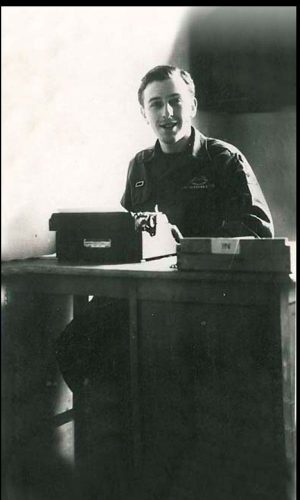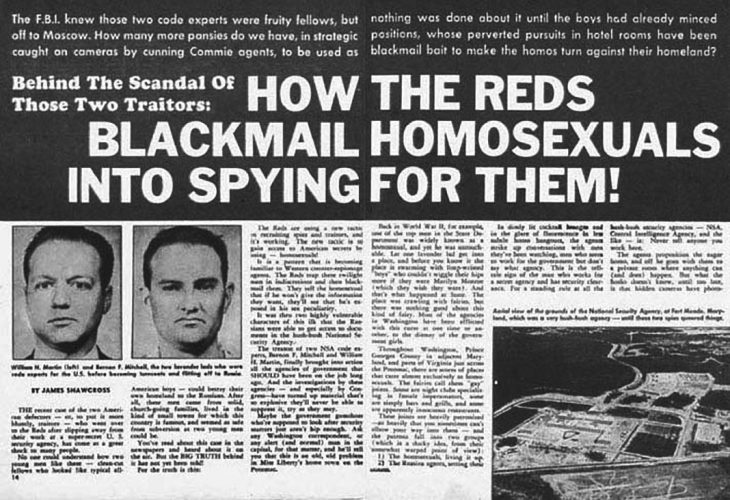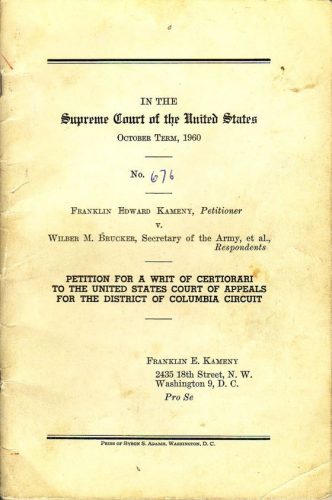Franklin E. Kameny was a decorated World War II veteran, a Harvard Ph.D., and a rising astronomer employed by the U.S. government. On December 20, 1957, the U.S. government fired him—for being gay.
Unemployed, blacklisted from federal employment, and broke, Kameny was outraged. The shy scientist decided to fight to get his job back. In 1961, he took his case all the way to the Supreme Court. What happened there would shape the course of gay rights.


